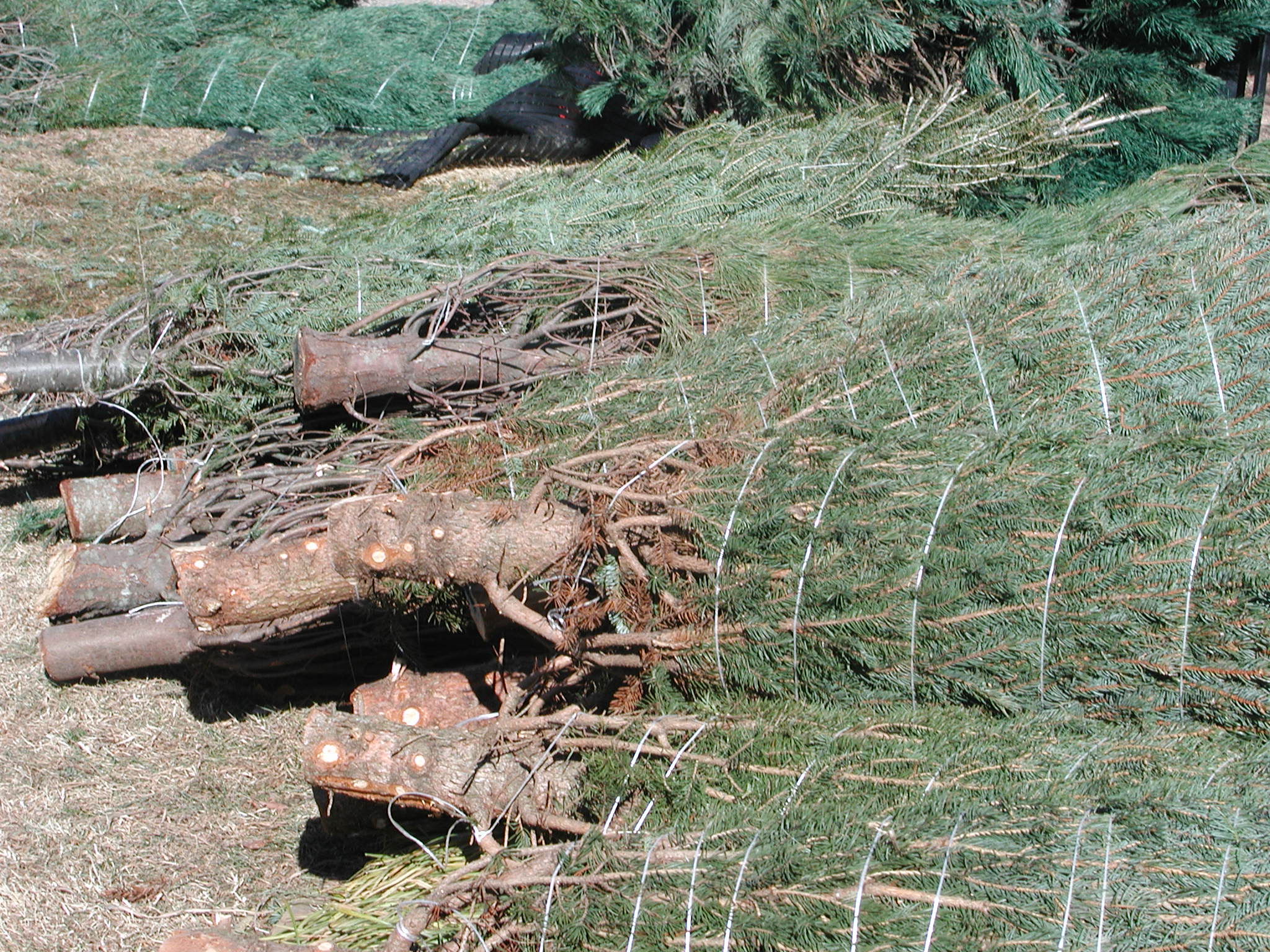Resource Library
Plant of the Week: Christmas Trees in a Pandemic
In this awful pandemic year families have sought comfort and solace where they can find it. Embracing tradition and brightening the home during the Christmas season has led to frenetic Christmas tree sales across the nation. Here in Arkansas one seller said sales hit early and hard with his main shipment sold out by the first of December. A second shipment of 120 trees sold out in four days.
The Christmas tree as we know it today is a mix of folkloric tradition, religious symbolism and greedy capitalism. The Christmas tree is a logical addition to the holiday season decor during the pandemic because decorating it creates a memorable event for the shut-in family and freshens the air after too many days spent too close together.
Some of the earliest written references to trees being brought indoors and decorated with edible treats for children date to 1441 and 1442 in guildhalls of northern Europe. Guilds, the labor unions of their day, probably magnified cultural events that were already going on in homes. Guild scribes just bothered to write them down so future historians could discover them.
Tradition gives credit to Martin Luther (1483 – 1546) for coming up with the Christmas tree inspiration, but trees were being used in midwinter festivities before his birth. But, at any rate, the association of Christmas trees with the season is a Protestant innovation, not one that sprang from the Catholic church. The Vatican didn’t get its first lighted Christmas tree until 1982 when Pope John Paul II of Poland initiated the practice.
The arrival date of the Christmas tree tradition in America is uncertain, but seems to have come about 1780 with Hessian soldiers who were hired by the British as mercenaries to fight during the Revolutionary war. But the commercial success of the Christmas tree in America didn’t happen because of a few German immigrants. Instead, starting about 1800, the royal houses of Europe began adopting the tradition and it became popular amongst the upper class, eventually seeping into the upper middle class by the 1830s.
Stephen Nissenbaum, in his The Battle for Christmas, says that the popularization of all things Christmas in America during the decades before the Civil War was a literary event more than a religious one. C.C. Moore’s 1822 poem, A visit from St. Nicholas (I always knew it as ‘Twas the night before Christmas), set the tone for the commercial extravaganza that would eventually morph into electrically lighted Christmas trees (Edison & Co., 1890), the first National Christmas tree (Coolidge, 1923), artificial trees made by a company specializing in bottle brushes (1930), shiny aluminum Christmas trees (1958) and all manner of other “improvements” along the way.
According to Tom Dillard, the eminent Arkansas historian, the modern celebration of Christmas was late to arrive in Arkansas. Fireworks, drinking lots of rum laden eggnog, over indulgence in food and firing the cannon in downtown Little Rock were all events for the special day. “Firing the Anvil” – sitting one anvil atop another and packing the space between with gunpowder – seems of questionable theological significance but surely must have been fun. Public Christmas trees in town squares, schools and churches were common in post-Civil War days. I fondly remember receiving a bag with an apple, orange and some hard candy at our Christmas party at school.
It has been estimated that 75 percent of all U.S. households put up a Christmas tree with almost 80 percent of these being artificial. This year the rush to find cut trees has been a sellout with nearly every one of the 20 million trees finding a home. The pandemic spurred increased demand while the summer wildfires in Oregon reduced the supply of West Coast grown trees. The economic collapse of 2008 saw a slump in Christmas tree sales, so farmers planted fewer trees in the following years. Because Christmas trees often take seven to 10 years to produce, planting way back when affects current supply.
For more information about horticulture or to see other Plant of the Week columns, visit Extension’s Website, www.uaex.uada.edu, or contact your county extension agent. The Cooperative Extension Service is part of the U of A Division of Agriculture.
